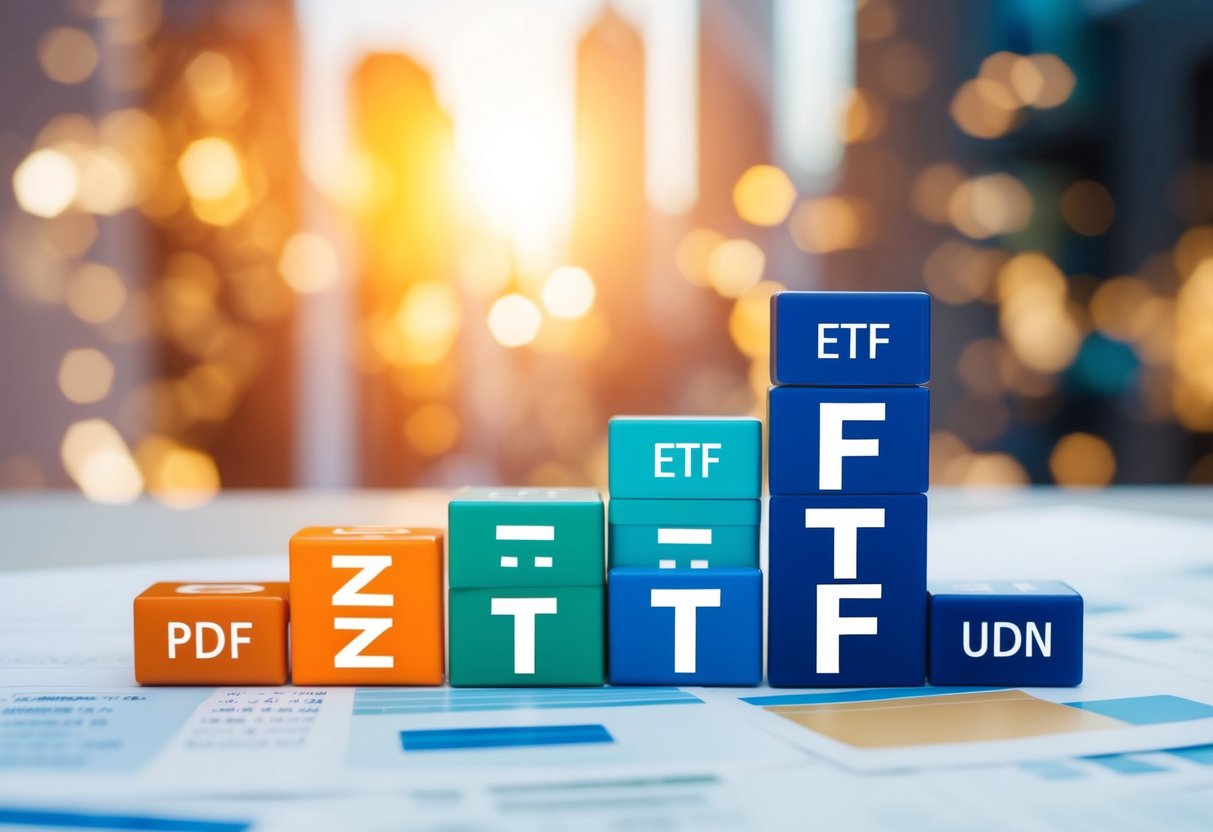How to Use ETFs to Create a Balanced and Profitable Investment Portfolio
Asset Allocation Strategies
Understanding asset allocation is essential for creating a balanced investment portfolio. By aligning investments with risk tolerance and time horizons, individuals can optimize growth while managing risks.
Determining Your Risk Tolerance
Risk tolerance is a crucial factor in shaping an investment strategy. It refers to an individual’s ability to withstand market volatility without making impulsive decisions. Factors influencing risk tolerance include age, financial goals, income stability, and investment experience. For instance, a younger investor with a long time horizon may accept higher volatility in pursuit of growth. Assessments and questionnaires can help individuals identify their comfort level with risk, allowing them to adjust their portfolio. A clear picture of risk tolerance helps in choosing the right mix of stocks, bonds, and other assets that aligns with personal investment goals and emotional capacity to handle fluctuations.
Asset Mix for Long-Term Growth
An effective asset mix for long-term growth typically includes a combination of stocks, bonds, commodities, and real estate. Stocks often provide higher returns, especially over extended periods, although they come with greater risk. Bonds add stability and income, balancing the volatility of stocks. Commodities and real estate offer additional diversification and potential inflation protection. Allocating assets to match a long time horizon involves considering how different classes react to economic changes and adjusting based on performance and goals. A thoughtfully chosen asset mix not only maximizes potential growth but also manages risk exposure, adapting as market conditions and personal circumstances change.
Building an ETF Portfolio

Investors can create a diversified EFT portfolio by using Index ETFs for a solid foundation, adding Sector and Commodity ETFs for diversification, and Bond ETFs for stability and fixed income.
Creating a Foundation with Index ETFs
Index ETFs form the bedrock of a balanced investment strategy, providing broad exposure to stock markets by mirroring market indices like the S&P 500 or the MSCI World Index. These funds often have low expense ratios due to their passive management style, allowing investors to participate in market growth without high fees.
Selecting Index ETFs involves assessing factors such as the index’s coverage, asset allocation, and historical performance. It’s important to regularly review the geographic and sector allocation within the ETF to ensure it aligns with long-term financial goals. A diversified approach minimizes sector-specific risks, creating a more resilient portfolio.
Incorporating Sector and Commodity ETFs
Adding Sector and Commodity ETFs enriches the portfolio by tapping into specific industries or resources. Sector ETFs focus on industries like technology, healthcare, or finance. They allow investors to gain precise exposure to high-performing areas or hedge against downturns in other sectors.
Commodity ETFs invest in physical goods, such as gold or oil, providing a hedge against inflation and currency risks. These investment vehicles are particularly attractive during periods of market volatility, offering stabilization to the portfolio’s value. It is essential to monitor market trends and macroeconomic factors that can impact performance, ensuring these ETFs fit within the broader investment strategy without over-concentration.
Utilizing Bond ETFs for Fixed Income
Bond ETFs deliver steady fixed income and reduce overall portfolio volatility. These funds span various bond types, including government, corporate, or municipal, with varying durations and credit qualities. The Total Bond Market ETF is a common choice, offering significant diversification across these categories.
Investors should evaluate interest rate trends and credit risk when choosing Bond ETFs, balancing duration strategies to mitigate rate hikes. Regular income from these instruments makes them suitable for those seeking consistent cash flow, while their lower risk profile supports capital preservation, an essential component in a balanced investment approach.



